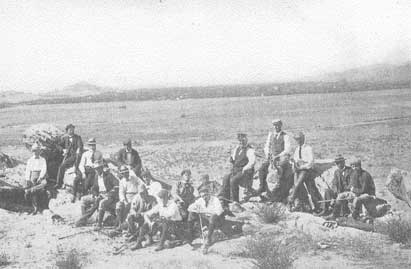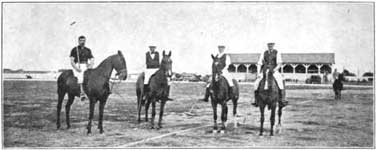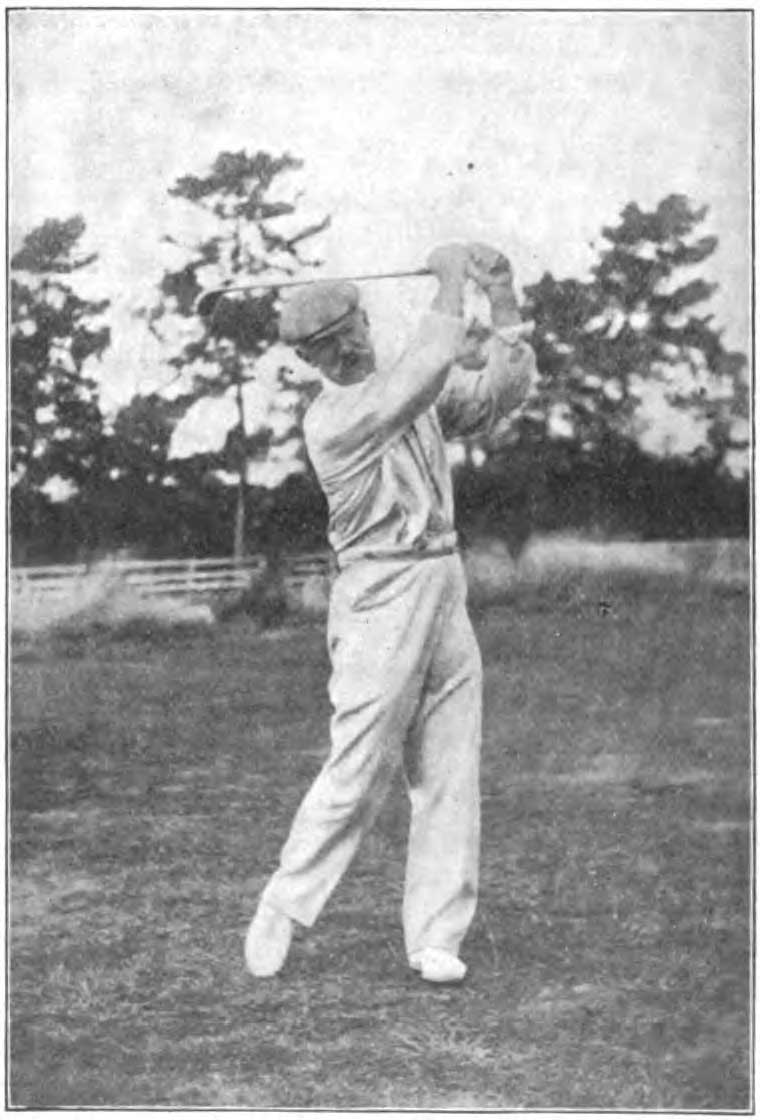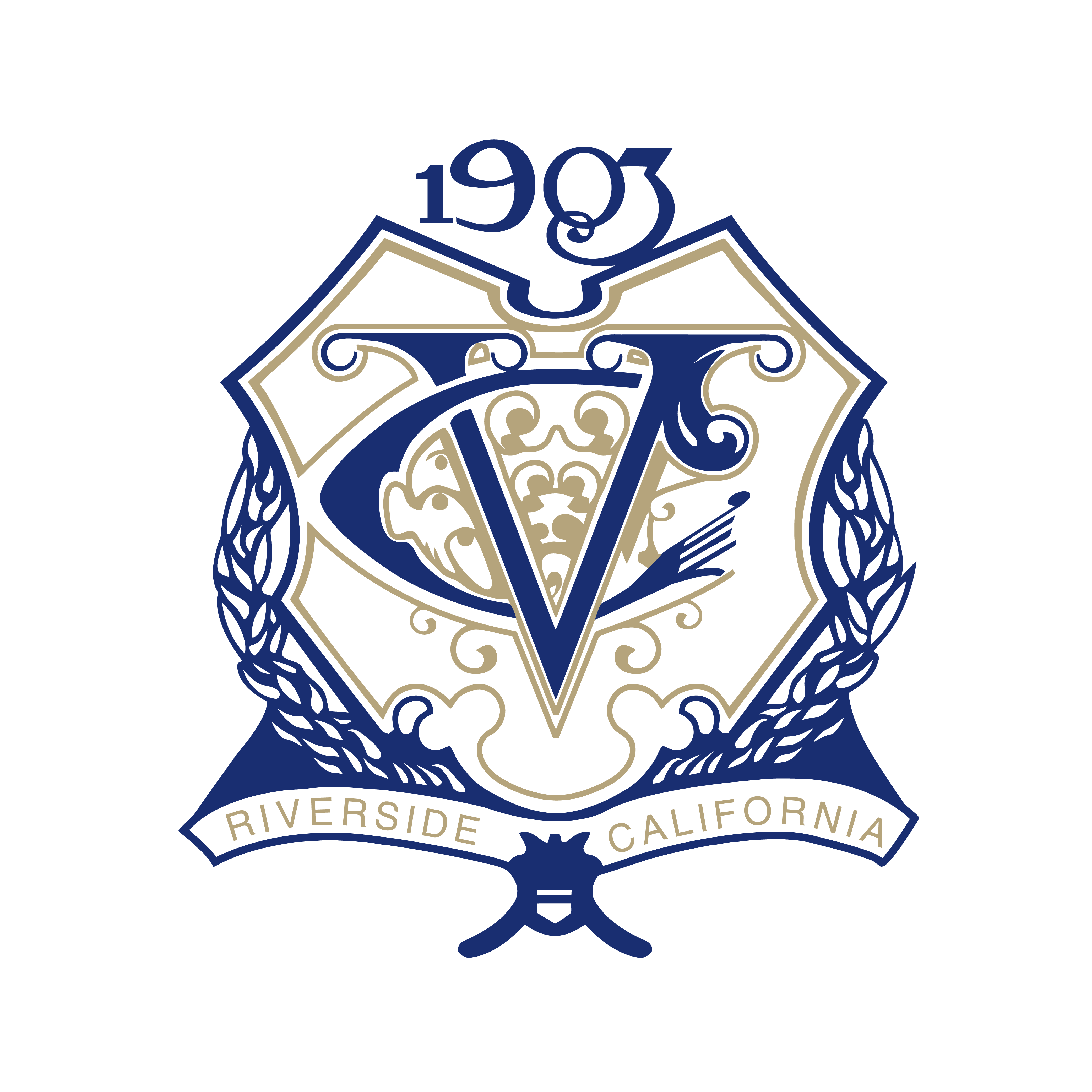Victoria Club
Our History
About Victoria Club
History of Our Country Club in Riverside, CA
Incorporated on October 16, 1903, the country club in Riverside, CA, Victoria Club traces its roots to the 1880s when Riverside’s booming citrus industry made it a nationally recognized destination for tourists, commercial travelers, and ambitious businessmen. Wealthy residents began joining private social and sporting clubs as early as December 1883 when the Casa Blanca Tennis Club was formed at the estate of Harry Lockwood near Madison and Magnolia Avenues. Members enjoyed the use of three tennis courts, a croquet court and archery fields. In 1887 the club held an invitational tennis tournament with teams traveling from Santa Monica, Pasadena, and San Gabriel.
The Rubidoux Club was organized in 1889 and, with its clubhouse at Main Street and Seventh (Mission Inn Avenue), the country club served as a social gathering place for the downtown people. Its members were primarily bankers, lawyers and store owners who relaxed by dining, playing billiards or enjoying a game of cards and a cup of tea. Ladies and guests were welcomed at the country club, Rubidoux Club where social norms and manners were held in high esteem.

In 1892, the Riverside Country Club was formed. Among its original directors were future Victoria founding members Robert D. Osborne, Frank B. Devine and Robert Lee Bettner. It was the members of Riverside CC who laid out the first golf course in Riverside in 1893. The nine-hole golf course was located at the base of Box Springs mountain near the eastern end of Eighth Street (University Avenue). Set in terrain that was rugged and hilly the golf course was adjacent to the Gage canal and afforded views of Mount Rubidoux and Pachappa Hill to the west. In 1898 the Rubidoux Club also began using the Box Springs course.
Principal credit for creating interest in golf in Southern California goes to Harry Lockwood of Casa Blanca who had played the sport while back east and encouraged fellow Riverside clubmen to order clubs, balls and rule books. Frank DeVine would later build an eight-hole golf course near his house on Twelfth Street for the use of Rubidoux Club members. The course was immediately north of Fourteenth Street and west of Redwood Drive. DeVine’s Queen Anne Victorian house still stands at 4475 Twelfth Street.

The sport of polo first appeared in Riverside in 1892 with the organization of the Riverside Polo Club and their first field on Jefferson Street at the end of Evans Street. Polo was a favorite of the city’s English-born valley people living south of downtown and responsible for much of Riverside’s land and infrastructure development. Railway additions forced the country club to move in February 1896 to the northwest corner of Victoria and Van Buren. Along with a polo field, the club built a clubhouse, horse racing track, a tennis court and croquet grounds. In 1897 the club changed its name to Riverside Polo and Golf Club and added a nine-hole golf course designed by Charles E. Maud. On December 6, 1897, one of the earliest golf events in Southern California, a handicap tournament, was played on the golf course.

Maud was an English sportsman who emigrated to California in 1886 and later became an executive with the Riverside Trust Company. He would frequently travel to Northern California for polo matches and golf tournaments and in 1897 designed the first nine-hole Del Monte Golf Course in Monterey. On July 29, 1899, the Southern California Golf Association was formed with Maud elected as its first president. The five original clubs of the SCGA were Riverside Polo and Golf, Los Angeles, Pasadena, Redlands and Santa Monica. On February 23, 1900, Maud finished runner-up to Charles Orr of Pasadena in the first SCGA Amateur Golf Championship. Maud would go on to win several tournaments including the 1903 Pacific Coast Amateur and 1904 California Open Championship.
The Polo Club’s golf course was abandoned in 1900 when the Club moved its polo grounds to Chemawa Park (currently Chemawa Middle School) where matches were played until 1917. Polo was last formally played in Riverside on the estate of Allan Pinkerton at the southwest corner of Central and Victoria Avenues. Pinkerton Polo Field held its first official match in January, 1923 and was considered one of the finest polo fields in the nation. Matches were regularly played throughout the 1920s, up until the Great Depression and Pinkerton’s death in 1930.
The Pachappa Golf Club was organized in November, 1898 and quickly grew to become one of the largest in the west- by 1901 its membership exceeded 120. Located north of Central Avenue on land that included the current Olivewood Cemetary, the club was known for having one of the sportiest nine-hole layouts in Southern California. Total yardage was 2,455. In the spring of 1903, plans for residential development claimed the eastern portion of the Pachappa course and the club was left with holes 1, 6, 7, 8 and 9 on the western half, owned by Dr. John Hewetson. In March, 1903 the Pachappa and Rubidoux clubs consolidated into a new organization, known as the Riverside Golf Club. Among the first matters of business for the new club was the search for a site suitable for a new golf course. In July, 1903, a committee comprised of Robert Bettner, Harry Chase and H.T. Hays identified and secured a site near Victoria Avenue, just east of the Victoria bridge.
An article in the July 25, 1903 Los Angeles Times declared, “preliminary steps have been taken looking to the organization of the what will be known as the Victoria Club” in Riverside. The fifty founding members had paid $100 to $1000 each, with plans to acquire eighty acres and build the ideal sporting and social club. To design the first clubhouse, the members hired an architect of national reputation. Chicago-based designer Franklin Burnham would create a rustic, three-level structure with a reception area, large dining room and kitchen occupying the top floor. The lower levels included a billiards room and a bowling alley. Burnham had previously co-designed the Georgia state capitol building and would later design the Carnegie Art Museum in Oxnard, California. Both structures are listed on the National Register of Historic Places.
The Golf Course
Victoria’s first golf course was designed by founding member Fred Heath in October 1903. Heath was a respected druggist, a member of Rubidoux Club and one of Riverside’s finest golfers. He had previously assisted with modifications to the Box Springs course. The original nine-hole golf course started much like today’s course, its opening tee shot playing north, 400 yards from approximately the location of the current upper practice green. At that time, the lake on #1 did not exist and shots were played over a 20-foot high ridge that featured prominently in the strategy of the hole and was retained for future course redesigns. The remaining holes weaved along the arroyo, west of current Sedgewick Avenue, highlighted by the 250 yard, uphill par 4 eight hole which played over a large bunker to a small, punchbowl green.
In the fall of 1908 the Club purchased seventeen additional acres in the Tequesquite arroyo, allowing for the expansion of the golf course. Subsequent changes added almost 700 yards to the course, bringing the total yardage to 3,331 with a par of 38 in 1914.
By 1916 there were sixteen golf clubs in Southern California, according to the American Annual Golf Guide, with more than half having eighteen hole courses. But for Riversiders, the nearest eighteen hole course was at the Orange County Country Club located on the bluffs of Newport Beach. With Victoria members expressing interest in expanding their course, head professional Pete Suter recommended friend and fellow professional golfer Walter Fovargue. Fovargue had recently finished tied for 13th in the US Open at Minikhada Club in Minnesota and had moved from Chicago to San Francisco to persue a career in golf course design. With the club leasing additional acreage at the eastern end of the arroyo, Fovargue created a plan for rerouting the course to make optimal use of the natural land forms of the arroyo. The new 18 hole design officially opened on November 2, 1920 and stretched 6,320 yards. It culminated with the 390 yard 18th playing along the western edge of the property with its green in the middle of the current driving range. The 17th was an uphill 480 yard par 5- golfers laying up on their second shot were forced to play a partially blind approach to a small green. Remnants of the Fovargue course can still be seen today- the par 3 5th was in the same location as today’s 13th hole. The par 3 7th played into the canyon to the right of the current 15th tee. Its tee box can still be seen as today’s golfers approach their 14th hole.
On January 31, 1923, future hall of famers Gene Sarazen and Jock Hutchison played an exhibition match against top Victoria amateurs Errol Fleming and J.M. Read. Sarazen and Hutchison won the match 6 & 5.
Victoria Club Video Tour
Take an aerial video tour of Victoria Club’s beautiful Victorian style clubhouse, golf course, tennis and swimming pool.

